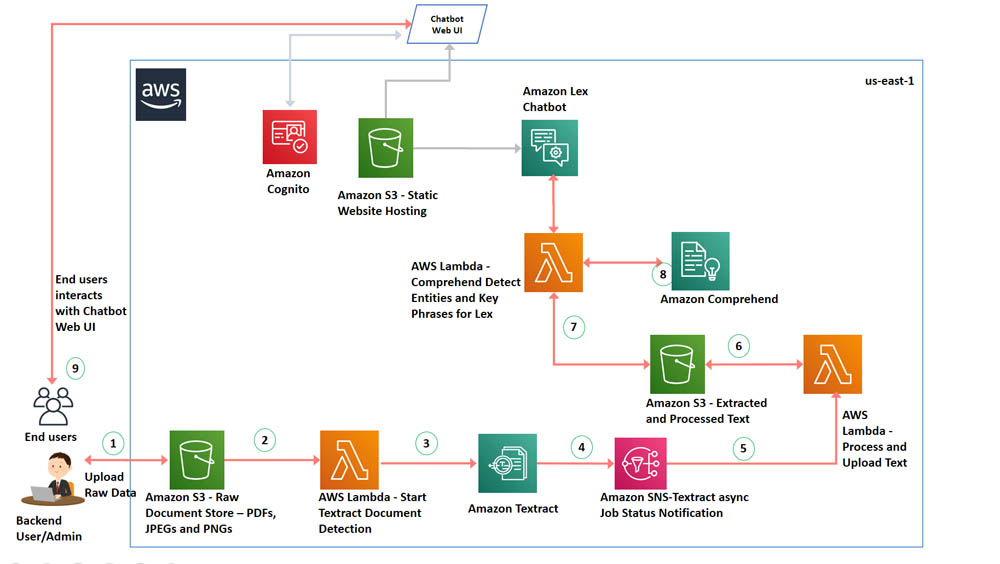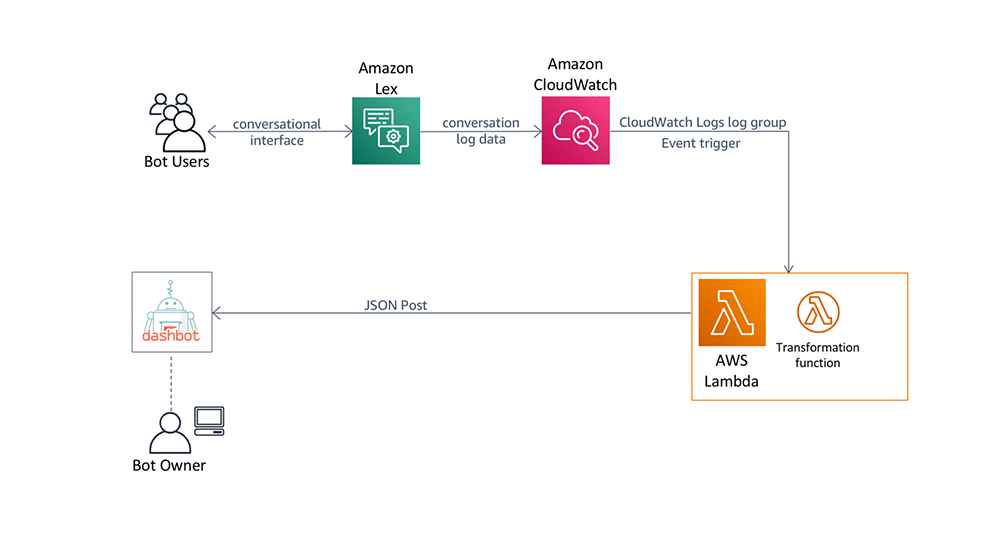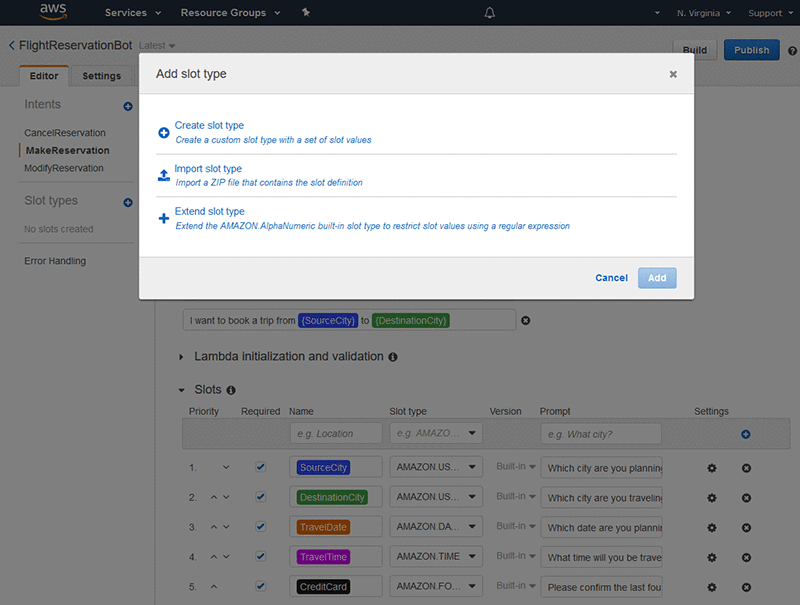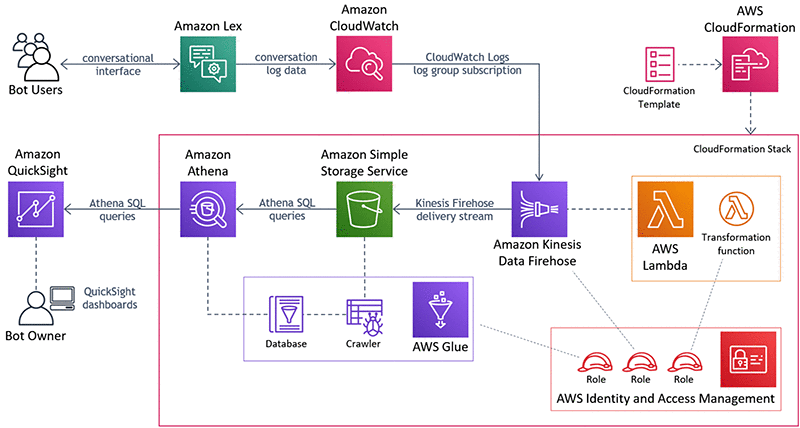Artificial Intelligence
Category: Amazon Lex
Deriving conversational insights from invoices with Amazon Textract, Amazon Comprehend, and Amazon Lex
Organizations across industries have a large number of physical documents such as invoices that they need to process. It is difficult to extract information from a scanned document when it contains tables, forms, paragraphs, and check boxes. Organization have been addressing these problems with manual effort or custom code or by using Optical Character Recognition […]
Integrate Amazon Kendra and Amazon Lex using a search intent
Customer service conversations typically revolve around one or more topics and contain related questions. Answering these questions seamlessly is essential for a good conversational experience. For example, as part of a car rental reservation, you have queries such as, “What’s the charge for an additional driver?” or, “Do you have car seats for kids?” Starting […]
Smarter FAQ bots with Amazon Kendra
We often have questions when making a choice about a product or service. When was the last time you found yourself at the IT help desk at work? You probably had questions like “What time does the IT Help Desk open?” or “Can I get a temporary machine while you repair my laptop?” Quick and […]
Analyzing and optimizing Amazon Lex conversations using Dashbot
This post is co-written by Arte Merritt, co-founder and CEO of Dashbot. In their own words, “Dashbot is an analytics platform for chatbots and voice skills that enables enterprises to increase engagement, satisfaction, and conversions through actionable insights and tools.” After you have deployed a bot, it is critical to analyze bot interactions, learn from […]
Capturing and validating alphanumeric identifiers in Amazon Lex
Enterprises often rely on unique identifiers to look up information on accounts or events. For example, airlines use confirmation codes to locate itineraries, and insurance companies use policy IDs to retrieve policy details. In customer support, these identifiers are the first level of information necessary to address customer requests. Identifiers are typically a combination of […]
Building a business intelligence dashboard for your Amazon Lex bots
July 2024: The solution in this blog post is now obsolete with the release of Amazon Lex V2. You’ve rolled out a conversational interface powered by Amazon Lex, with a goal of improving the user experience for your customers. Now you want to track how well it’s working. Are your customers finding it helpful? How are […]
Using Amazon Lex Conversation logs to monitor and improve interactions
July 2024: The solution in this blog post is now obsolete with the release of Amazon Lex V2. As a product owner for a conversational interface, understanding and improving the user experience without the corresponding visibility or telemetry can feel like driving a car blindfolded. It is important to understand how users are interacting with your […]
Building an AR/AI vehicle manual using Amazon Sumerian and Amazon Lex
Auto manufacturers are continuously adding new controls, interfaces, and intelligence into their vehicles. They publish manuals detailing how to use these functions, but these handbooks are cumbersome. Because they consist of hundreds of pages in several languages, it can be difficult to search for relevant information about specific features. Attempts to replace paper-based manuals with […]
Designing conversational experiences with sentiment analysis in Amazon Lex
July 2024: The solution in this blog post is now obsolete with the release of Amazon Lex V2. To have an effective conversation, it is important to understand the sentiment and respond appropriately. In a customer service call, a simple acknowledgment when talking to an unhappy customer might be helpful, such as, “Sorry to hear you […]
Managing multi-topic conversation flows with Amazon Lex Session API checkpoints
In daily conversations, you often jump back and forth between multiple topics. For example, when discussing a home improvement project related to new windows and curtains, you might have questions like, “How about closing out on curtain styles and then revisiting colors?” When AWS launched Amazon Lex Session API, you learned how to address such […]









